Public Safety / First Responder Communication Systems
TAP is widely used for TSB-88-type modelling of public safety communications systems. The modelling is typically multi-site coverage over some bounded area (i.e., municipal area, county, region, province/state, etc.), where the user wants to assess whether the system covers X% of the area at least Y% of the time to some defined performance level (e.g., handheld unit, DAQ 3.4). From the TSB-88.1 guidance, the user sets a fade adjusted performance threshold, and selects Longley-Rice as the propagation model to generate median signal strength values. A bounded tile-type study is chosen, where the boundary of the desired area is selected from a shape file. The study results are written to a shape file and can be styled to show TalkOut-only, TalkBack-only, or combined TalkOut/TalkBack coverage.
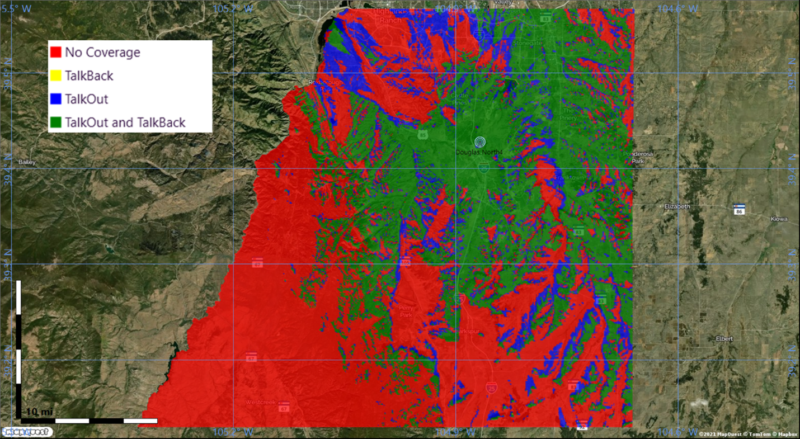
The process for setting up and executing multi-site studies is facilitated by the AutoCoverage module. The Aggregate Coverage module can be used to combine the results from multiple studies into a single output. There are multiple options for combining, including best server, simulcast, co-channel interference, desired/undesired (D/U) ratio, adjacent-channel interference, and composite TalkBack. Styling options include best serving base station, signal strength heat map, DAQ level, and more.
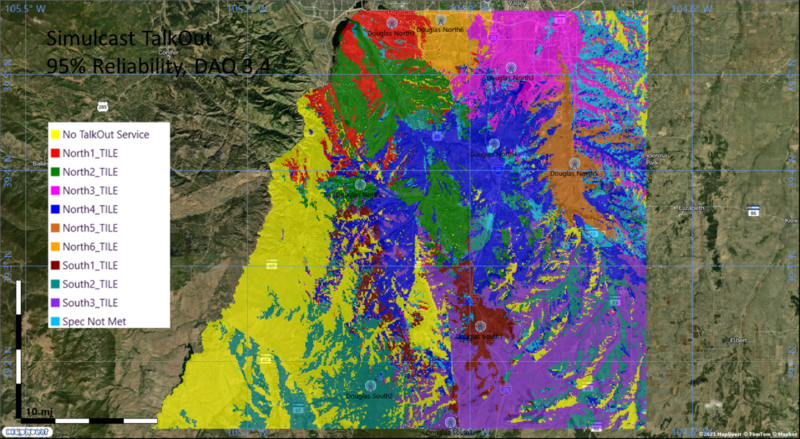
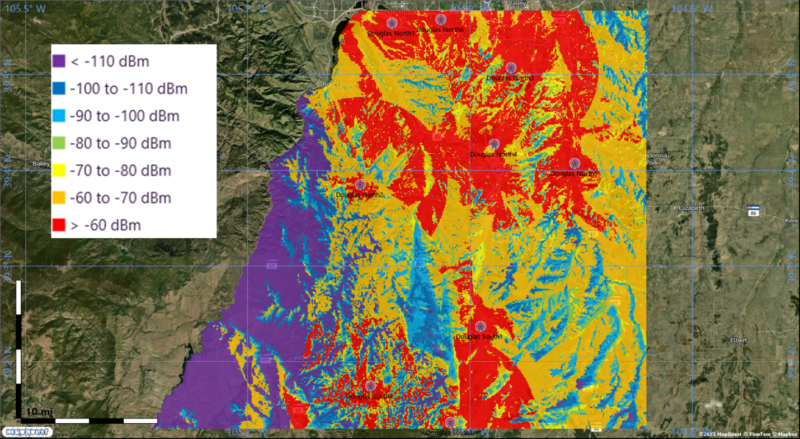
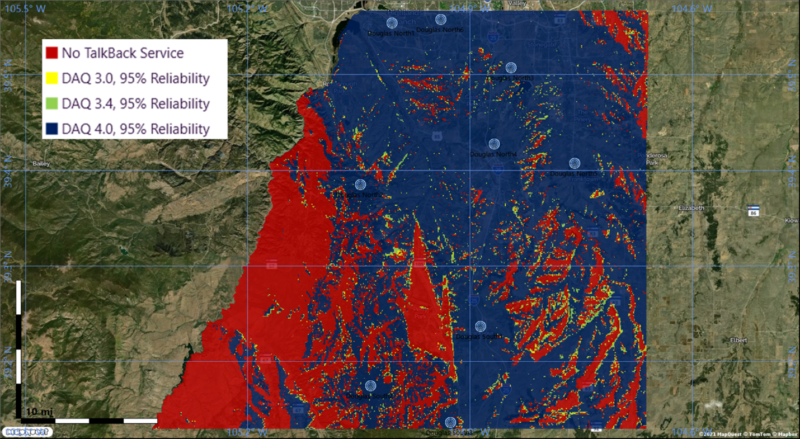
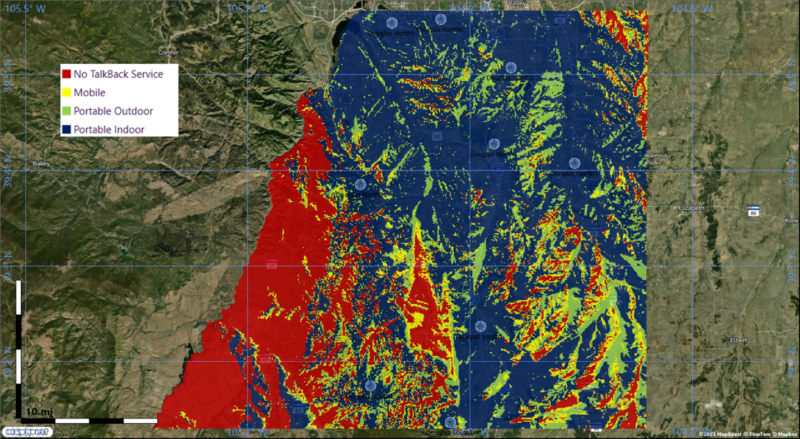
For the user-defined class-breaks, TAP generates coverage statistics, allowing the user to determine what percentage of the area is covered for different link configurations or performance levels.

